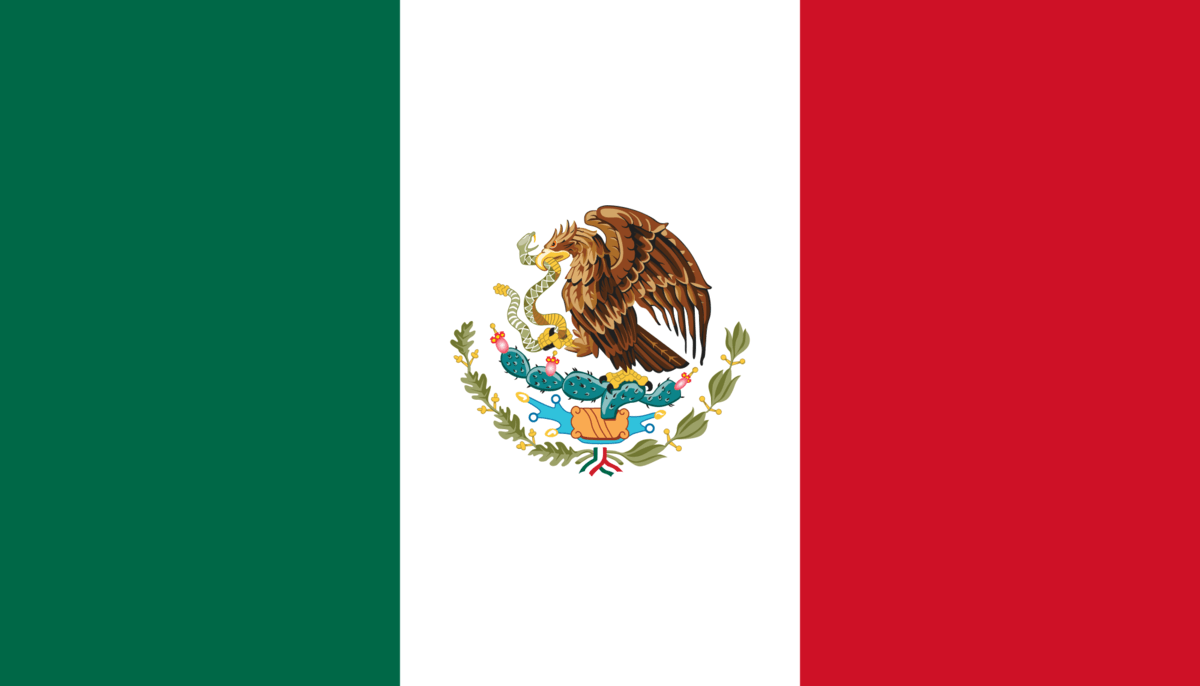Today, we’ll talk about a particular function of para, one of the most frequently occurring prepositions in the Spanish language.
Para has a physical use that expresses physical destination. It also has a metaphorical use that deals with the limited purpose or end of the element being described in the sentence. This figurative function is very common, so let’s go ahead and look at some examples:
Tip: Click on any of the linked sentences in this article (while on a mobile) to add them directly to your Fluent Forever app, so you can study them later. Don’t have our app yet? Download it here!
- Esta ropa nueva debe ser clasificada para vender. (These new clothes must be classified for selling.)
- La tienda tiene muy buenos precios para la ropa. (The store has very good prices for clothes.)
In the first sentence, the clothing is only available for sale, not for giving away. It is therefore limited to one activity. In the second example, the store’s good prices apply to one type of item: clothing. Perhaps the store also sells shoes, which carry a higher price tag. Here, para limits the good prices to only clothing.
How to express various types of limits
The limitation usage of the preposition para in Spanish has diverse expressions that are related to usefulness, service, recipient, and orientation.
We can use para followed by a personal pronoun to limit the recipient of an object or action:
- Compré esta ropa para ella porque es su cumpleaños. (I bought these clothes for her because it is her birthday.)
- Los pantalones largos son para mí, los sueltos para ti. (The long pants are for me, the loose ones for you.)
Also, we can express limited purpose as follows:
- El bolsillo largo es para los pantalones que está cosiendo el sastre. (The long pocket is for the pants that the tailor is sewing.)
In this sentence, the tailor requires a specific kind of pocket for the pants they are sewing. Long pockets are not meant for dresses, bags, or any other item except those pants.
Highlighting expectation vs. reality
We can also add intensifiers to talk about reality being different from the expected limit. Let’s illustrate this with a couple of examples:
- Estos pantalones negros son muy largos para él. (These black pants are too long for him.)
- Esta ropa nueva es muy suelta para mí. (These new clothes are too loose for me.)
In the first sentence, the actual length of the pants does not match the expected length. The second sentence describes a similar situation: I thought my new clothes would fit properly, but I’ve now discovered that they are too big.
Note: Remember not to confuse para and por. The latter expresses the cause of an action, similar to the way we use “because of” or “for” in English, e.g. Viajo mucho por mi trabajo (I travel a lot because of/for my job). We will cover por in another article.
And that’s it! You’re now equipped to use the preposition para to express limitation.
Written by Isabel Matos






